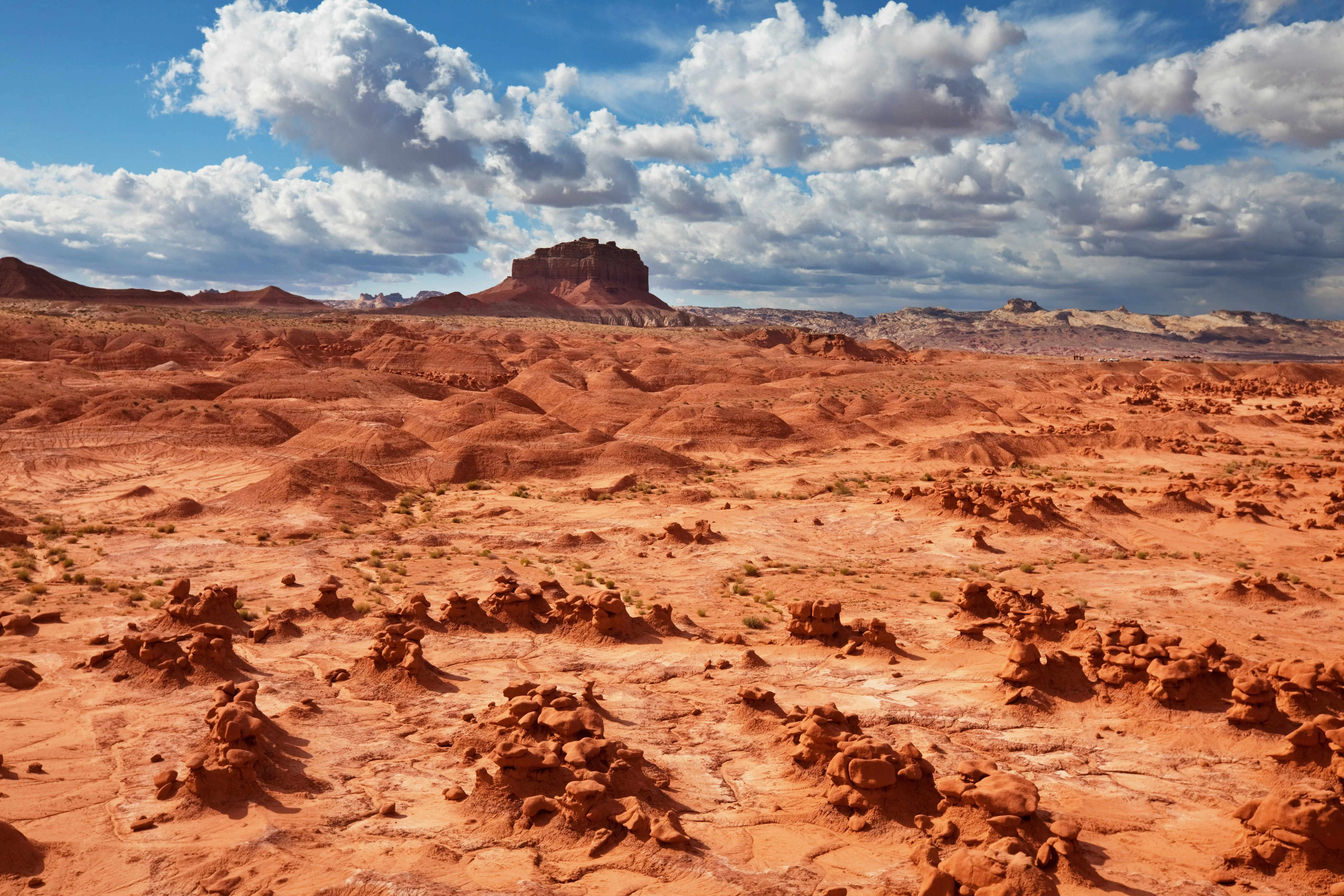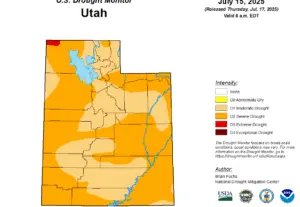
By Aidan Mortensen | KOAL News
The latest water conditions update from the Utah Division of Water Resources paints a grim picture of the state’s water reserves. One hundred percent of the state is experiencing moderate to severe drought conditions, with Carbon and Emery counties primarily experiencing severe conditions.
According to the division, on average, reservoirs across the state have dropped approximately 10% between June 1 and July 1. In prior years, a 2% drop-off has typically been seen. According to the DWR,” This is due to increased demand and an inefficient spring runoff earlier this year.”
“We have seen some water restrictions go in place around the state,” Candice Hasenyager, director at the Utah Division of Water Resources, said. “Restrictions are very localized and we rely on Utahns to be in touch with their water provider for any restrictions that may be in place.”
In April, East Carbon City implemented limits on culinary water usage to help combat water scarcity.
According to a release from the DWR,” Reservoir levels are currently at 75%, which is 14% lower than last year, but still 3% higher than normal for this time of year.”
Across the Castle Country, three reservoirs sit above 80% capacity. These are Joes Valley, 88.73% capacity, Scofield reservoir at 84.93% capacity and Millsite at 81.19% capacity. For the area’s other reservoirs, Huntington North sits at 75.88% capacity, Cleveland Lake at 59.31% and Miller Flat at 58.55%.
“Our reservoirs aren’t just for recreation,” Hasenyager said. “They get us through droughts, provide flood protection and create a habitat for wildlife.”
To close the release, the division encourages residents to adopt water conservation practices. “To encourage water conservation among Utahns, the Department of Natural Resources continues to promote initiatives such as the Agricultural Water Optimization Program for farmers and SlowtheFlow.org for residents. These programs aim to educate and incentivize water-saving practices, ensuring Utahns become more drought-resilient and prepare for future conditions. Many indoor water-saving tips are available on the Slow the Flow website.”

